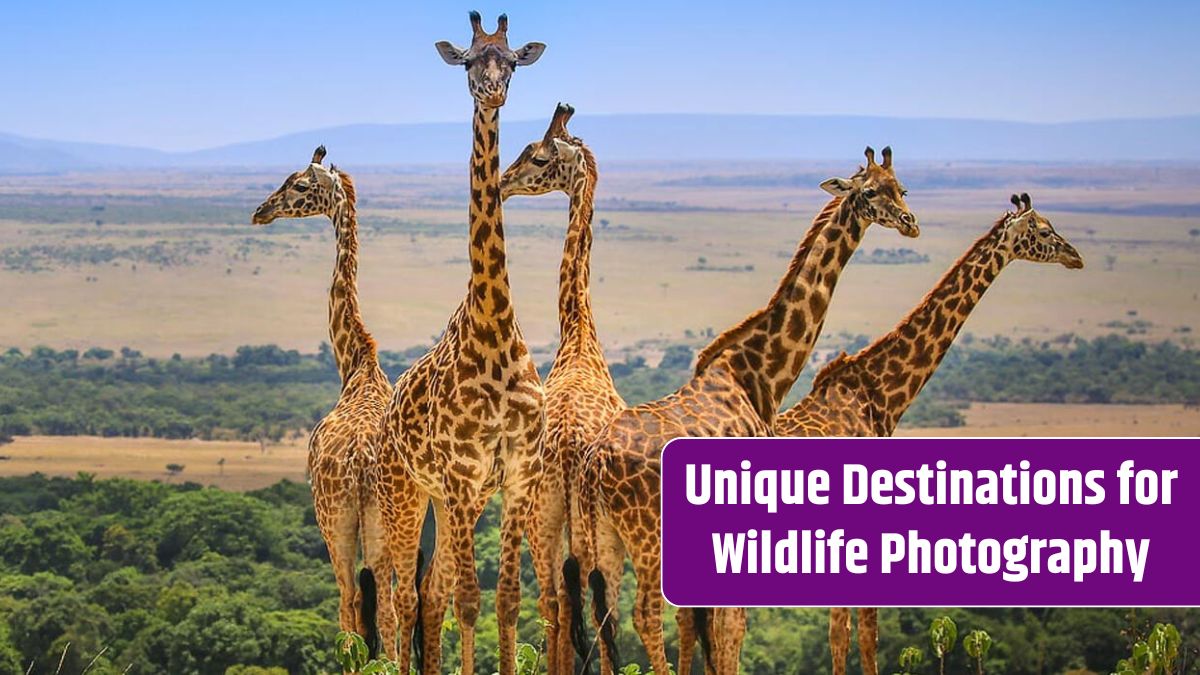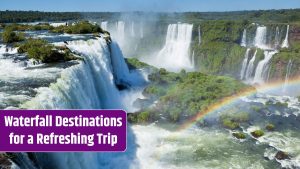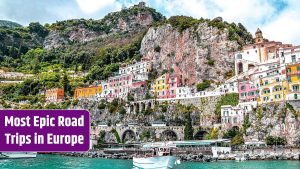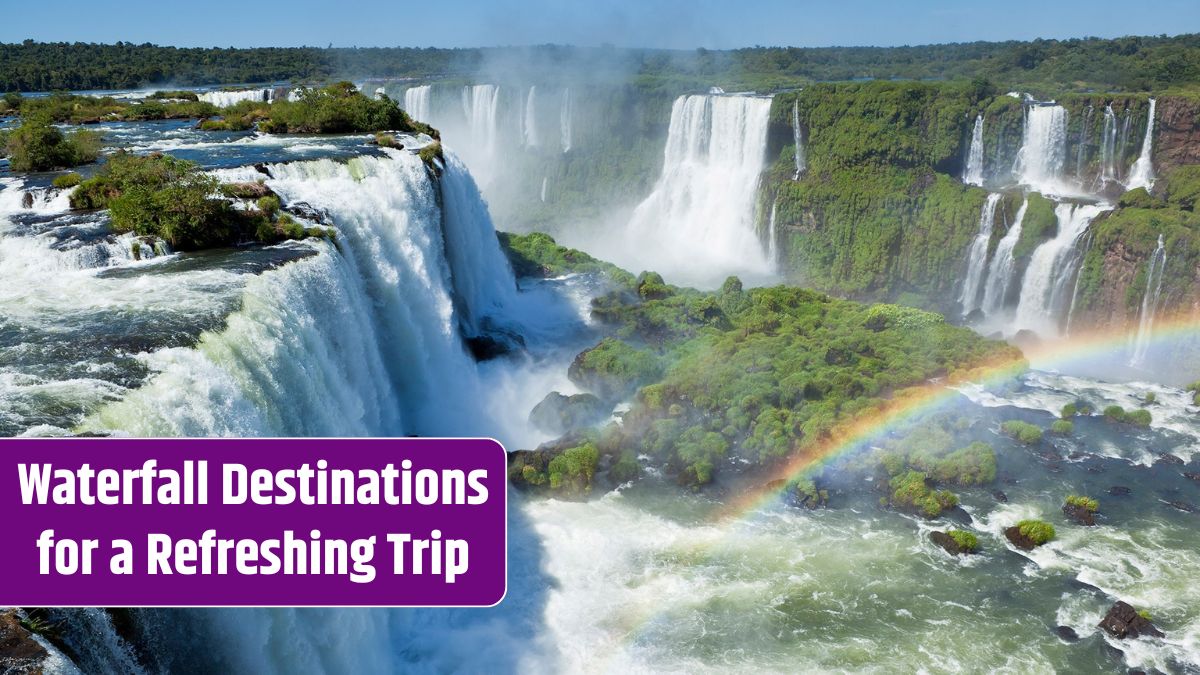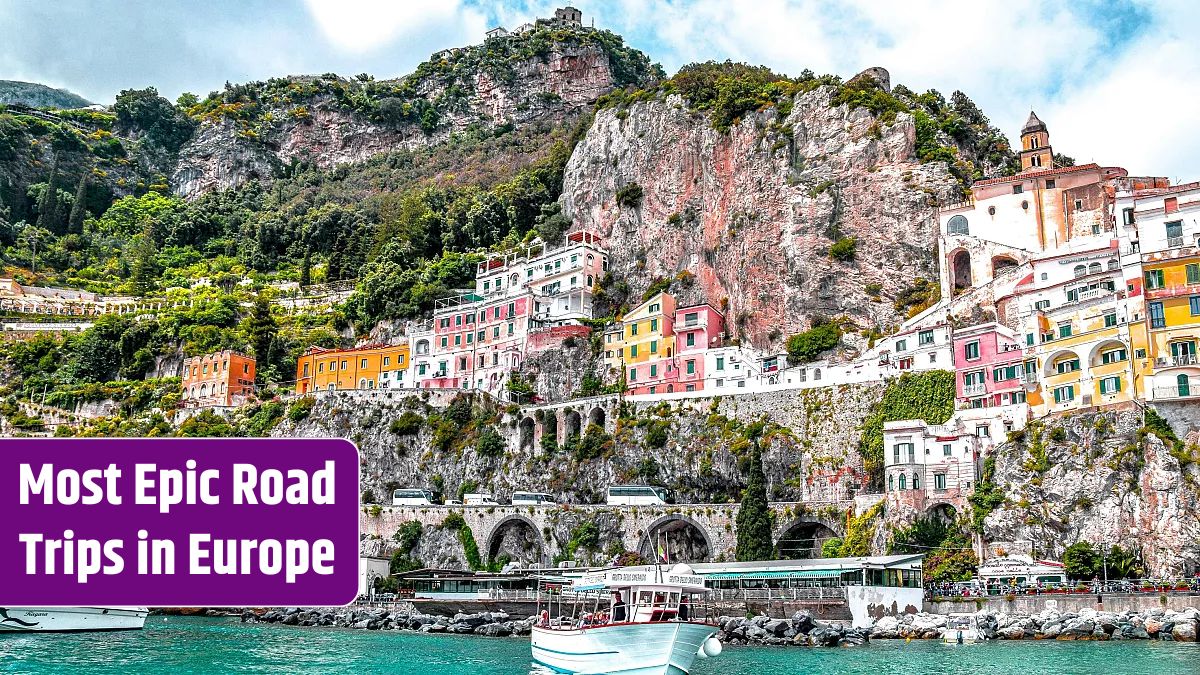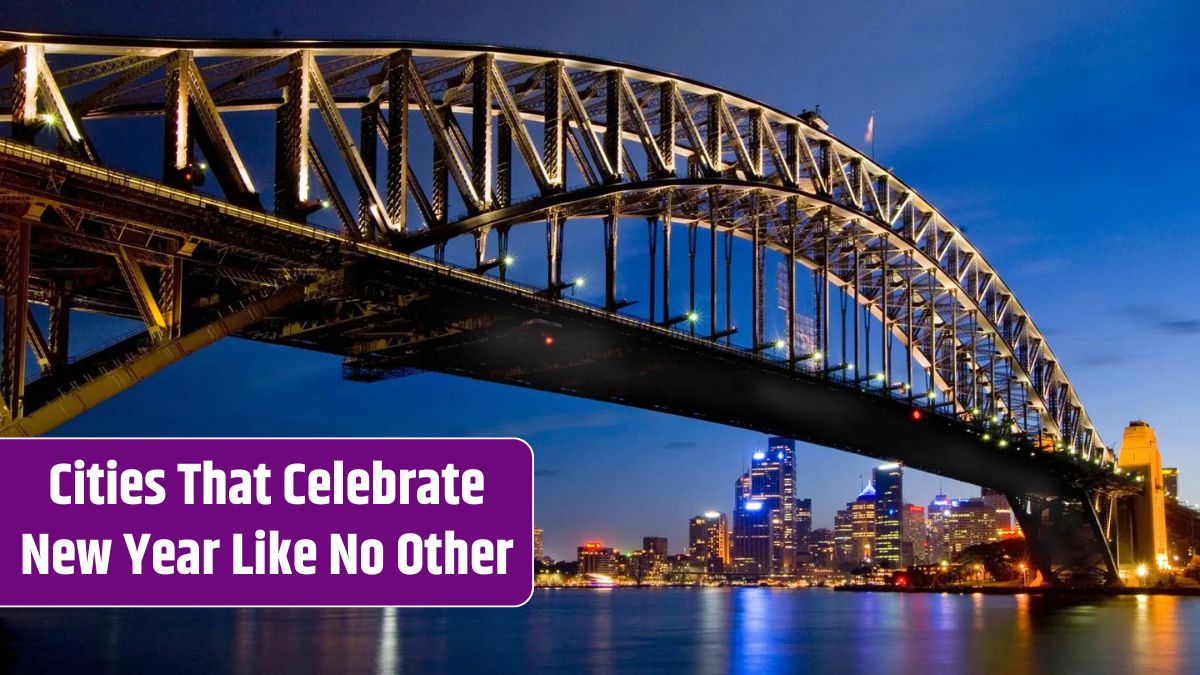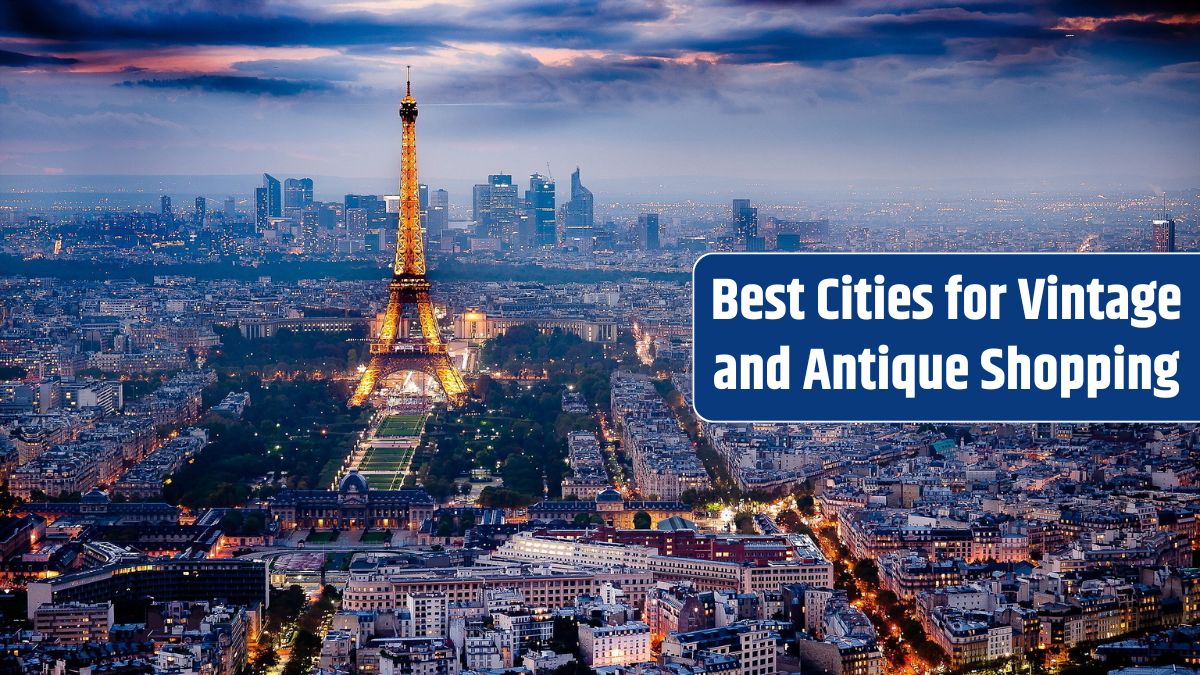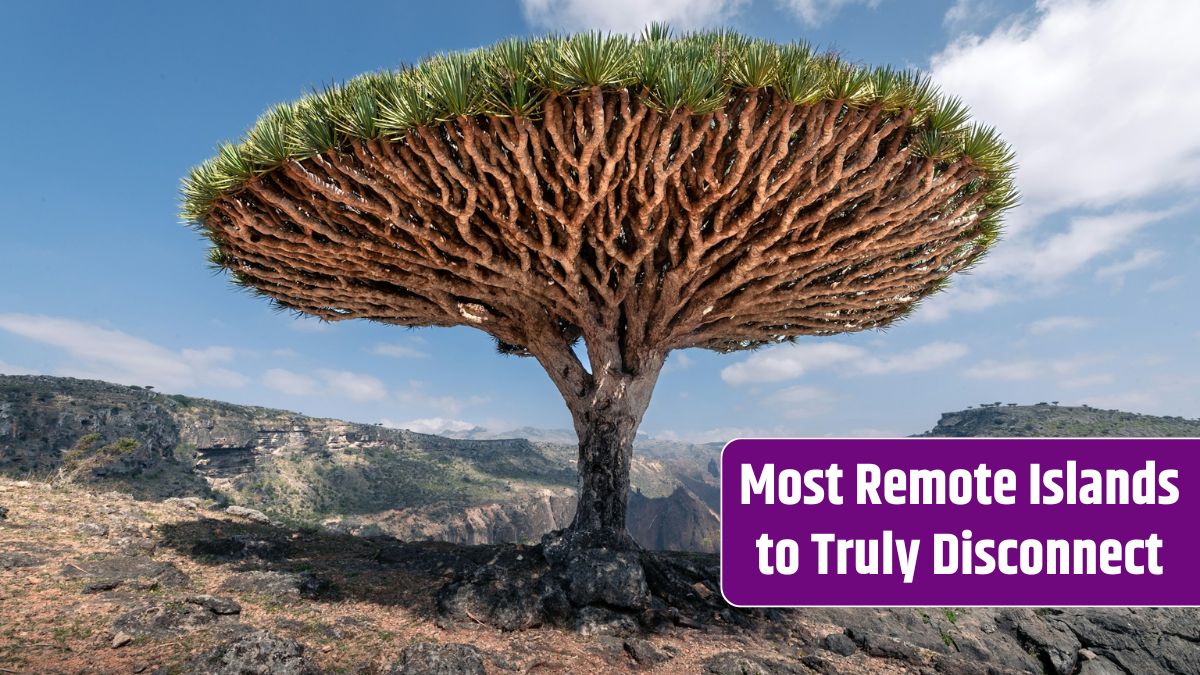Wildlife photography takes you to some of the most breathtaking places on Earth, offering the chance to capture animals in their natural habitats. Whether it’s the savannas of Africa or the icy wilderness of the Arctic, these six destinations provide extraordinary opportunities to create stunning images and unforgettable memories.
Table of Contents
1. Maasai Mara National Reserve (Kenya)
The Maasai Mara is one of Africa’s most iconic wildlife destinations, offering unparalleled opportunities to photograph big cats and the Great Migration.
- Why It’s Unique:
- Witness the dramatic Great Migration, where millions of wildebeest, zebras, and gazelles cross the Mara River.
- Abundance of predators, including lions, leopards, and cheetahs.
- Golden savanna landscapes create perfect backdrops.
Pro Tip: Visit between July and October for the Great Migration and book a hot-air balloon safari for unique aerial shots.
2. Galápagos Islands (Ecuador)
The Galápagos Islands are a haven for unique wildlife, much of which can’t be found anywhere else. The animals here are famously unafraid of humans, making it easier to get up close.
- Why It’s Unique:
- Home to species like giant tortoises, blue-footed boobies, and marine iguanas.
- Snorkeling and underwater photography opportunities with sea lions and hammerhead sharks.
- Unspoiled volcanic landscapes provide a surreal setting.
Pro Tip: Travel during the dry season (June to December) for better wildlife visibility and calm seas.
3. Yellowstone National Park (USA)
Yellowstone offers diverse habitats and dramatic landscapes, making it an ideal destination for wildlife photographers.
- Why It’s Unique:
- Capture iconic species like bison, elk, wolves, and grizzly bears.
- Geysers, hot springs, and rugged mountains add dynamic elements to your shots.
- Seasonal changes create different photographic opportunities, from spring births to winter migrations.
Pro Tip: Visit in winter for fewer crowds and the chance to capture animals against a snowy backdrop.
4. Svalbard Archipelago (Norway)
Svalbard, located in the Arctic Circle, is a remote destination ideal for photographing polar wildlife and dramatic icy landscapes.
- Why It’s Unique:
- Iconic species include polar bears, Arctic foxes, walruses, and reindeer.
- Midnight sun during summer and polar night in winter provide unique lighting conditions.
- Icebergs, glaciers, and frozen seas create otherworldly settings.
Pro Tip: Join an expedition cruise for access to remote locations and professional photography guidance.
5. Borneo (Malaysia and Indonesia)
Borneo is a paradise for photographers seeking lush rainforests and rare wildlife. The island is home to some of the world’s most endangered species.
- Why It’s Unique:
- Spot orangutans swinging through the trees and pygmy elephants roaming the forests.
- The Kinabatangan River offers incredible boat safari photography opportunities.
- Other highlights include proboscis monkeys, clouded leopards, and vibrant bird species.
Pro Tip: Visit during the dry season (March to October) for better accessibility to wildlife habitats.
6. Antarctica
Antarctica’s pristine and remote environment is a dream destination for wildlife and landscape photographers. Its icy wilderness is teeming with marine life and bird species.
- Why It’s Unique:
- Capture emperor penguins, seals, and humpback whales.
- Majestic icebergs and dramatic skies create unparalleled compositions.
- Unique light conditions, including 24-hour daylight during summer.
Pro Tip: Travel between November and March for the best weather and active wildlife.
Cost Comparison
Here’s a breakdown of average costs for visiting these wildlife photography destinations:
| Destination | Tour Costs (Per Person) | Best Time to Visit | Unique Features |
|---|---|---|---|
| Maasai Mara, Kenya | $1,500–$5,000 (safari) | July to October | Great Migration, big cats |
| Galápagos Islands | $3,000–$7,000 (cruise) | June to December | Endemic species, underwater shots |
| Yellowstone, USA | $500–$2,000 (guided tours) | Year-round | Bison, geysers, wolves |
| Svalbard, Norway | $5,000–$12,000 (expedition) | June to September | Polar bears, Arctic foxes |
| Borneo | $1,000–$3,000 (trekking tours) | March to October | Orangutans, pygmy elephants |
| Antarctica | $8,000–$20,000 (cruise) | November to March | Penguins, seals, icebergs |
Tips for Wildlife Photography
- Use the Right Gear
Bring a telephoto lens for close-ups and a wide-angle lens for landscapes. - Plan for Lighting
Golden hours—sunrise and sunset—offer the best natural lighting. - Be Patient
Wildlife doesn’t always appear on schedule; patience often results in the best shots. - Follow Ethical Practices
Avoid disturbing the animals and stick to designated paths and guidelines.
Whether you’re capturing the raw power of polar bears in Svalbard, the playful charm of sea lions in the Galápagos, or the majesty of the Great Migration in the Maasai Mara, these destinations offer photographers unparalleled opportunities to document the beauty of the natural world.
FAQs
What’s the best time for polar bear photography in Svalbard?
June to September during the Arctic summer.
Can I visit the Galápagos without a cruise?
Yes, but cruises provide better access to wildlife-rich areas.
Do I need a special lens for wildlife photography?
A telephoto lens (200–400mm) is ideal for capturing animals from a distance.
Is Antarctica safe for photographers?
Yes, when traveling with certified expedition operators.
What’s the best season for Maasai Mara safaris?
July to October for the Great Migration.
